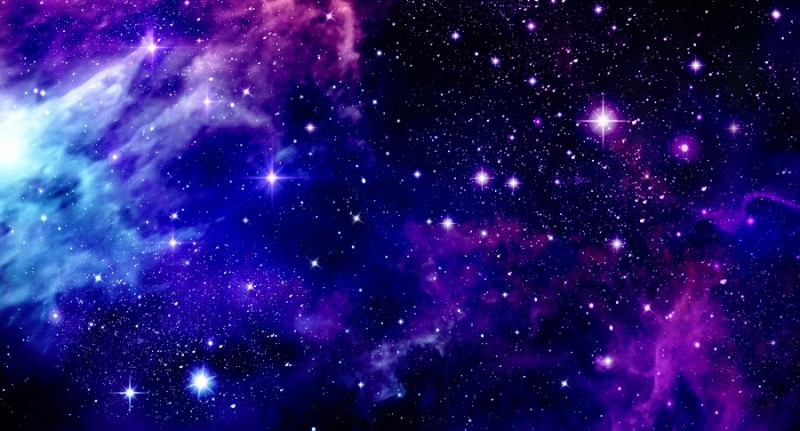
Astronomers exploring the immense intriguing globular cluster in our Galaxy called NGC 2808 that is said to have at least five generations of stars have spotted rare hot UV-bright stars in it. , the Department of Science and Technology said on Thursday.
These stars whose inner core is almost exposed, making them very hot, exist in the late stages of the evolution of a Sun-like star. It is not clear how these stars end their lives as not many of them are detected in these fast-evolving phases, making their study crucial.
The old globular clusters, referred to as dinosaurs of the universe, present excellent laboratories where astronomers can understand how stars evolve through various phases between their birth and death with spectacular ultraviolet images of the cluster from the Ultraviolet Imaging Telescope (UVIT) on board.
With AstroSat, astronomers from the Indian Institute of Astrophysics distinguished the hot UVbright stars from the relatively cooler red giant and main-sequence stars which appear dim in these images. Space telescope and the Gaia telescope along with ground-based optical observations were also used
With spectacular ultraviolet images of the cluster from Ultraviolet Imaging Telescope (UVIT) onboard India’s first multi-wavelength space satellite, AstroSat, they distinguished the hot UV-bright stars from the relatively cooler red giant and main-sequence stars which appear dim in these images. The findings of this study have been accepted for publication in the journal ‘The Astrophysical Journal’.
Assam CM lays foundation of science city project on Guwahati outskirts
Hyderabad: The Science and Technology Mega Cluster was launched on Friday.
Union Minister Balyan gives statement on 'Gau Vigyan Pariksha'